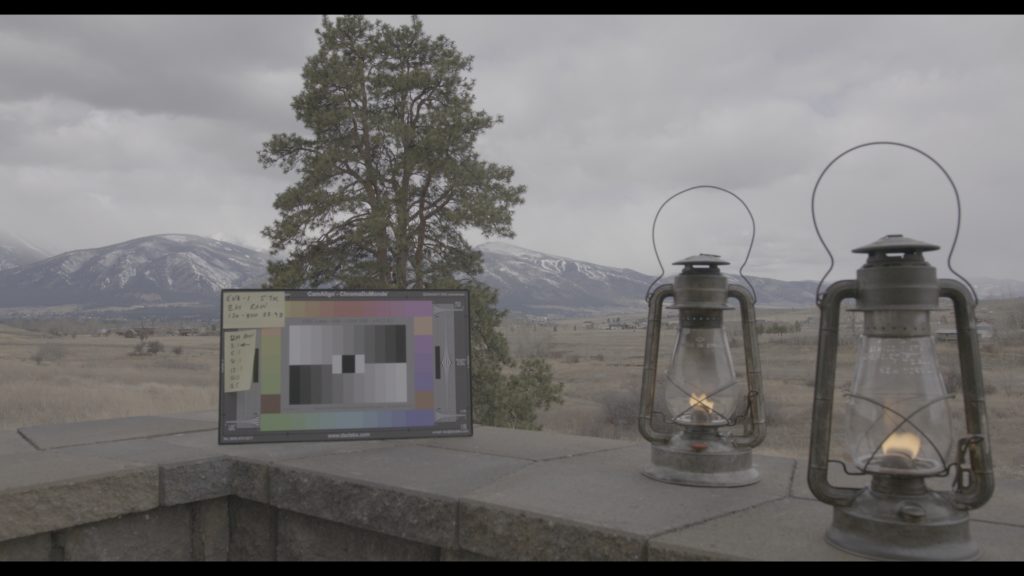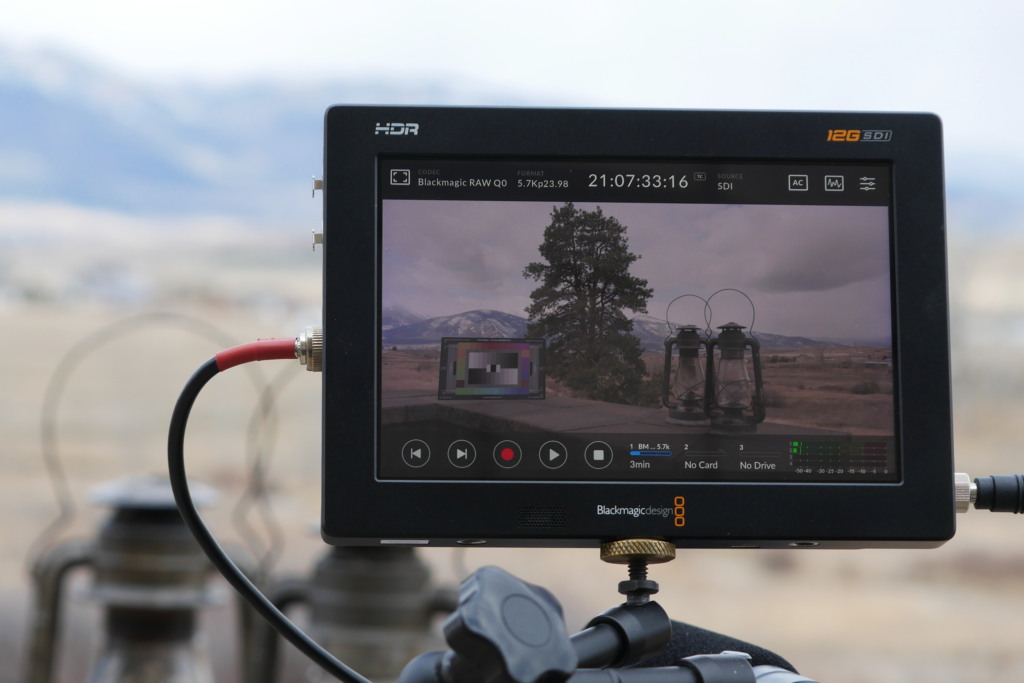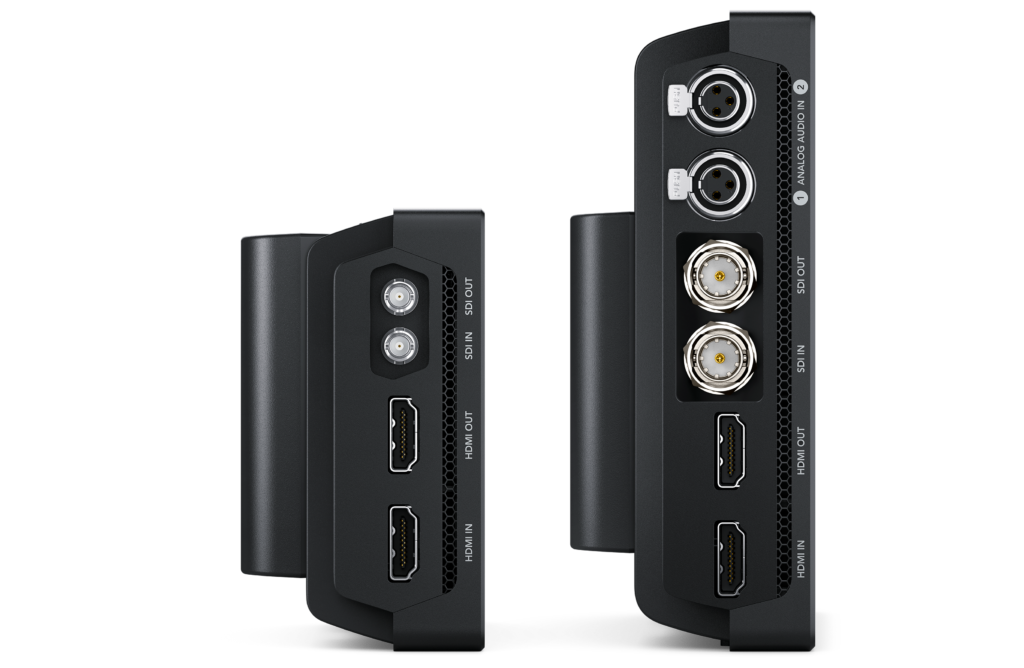April 1, 2020
4 min read
What is RAW and why should you shoot it? Ideally, RAW is the unprocessed data from a camera's image sensor. Since no image processing has taken place, RAW retains greater image detail, color information, and higher dynamic range than processed, or "baked in", video. With more latitude, working with RAW in post gives filmmakers additional flexibility in the color grade.
Working with a camera like the VariCam Pure with the Codex V-RAW 2 recorder, shooters can capture 4K uncompressed RAW, but for most indie filmmakers, uncompressed RAW files can be too cumbersome - not to mention costly - for on-set and post workflows. Most RAW files you work with today, including Apple's ProRes RAW and RED Digital Cinema's RedCode, are compressed RAW, in which slight image processing is applied. From a marketing perspective, compressed RAW files are generally referred to as "visually lossless."
"In post, RAW provides more control over post procedures, permits easier integration into ACEs/HDR based workflows, and in theory can be processed many years from now with improved deBayering procedures, thus enhancing the resultant image," explains Panasonic Senior Technologist Steve Mahrer. "RAW, even when mildly compressed, provides image content in the same RGGB Bayer CFA format as the camera’s imager. There is no (should not be any) transcoding or signal filtering, e.g. RGGB to Y/Cr/Cb. (video)."
RAW vs. Log
"Some cameras can output logarithmic colorspace to preserve the dynamic range, which is great for later in post-production," explains Bob Caniglia, Blackmagic Design’s Director of Sales Operations, the Americas. "However, when these files are viewed on a monitor, they can look flat and washed out. 3D LUTs solve this problem because they allow users to apply a "look" to the monitor, allowing for an idea of how the finished images will look when editing."
The AU-EVA1 compact cinema camera contains a Super 35 image sensor with an active resolution of 5.7k (5720 x 3072). To capture more latitude, EVA1's Log format, V-Log, can capture up to 14 stops of dynamic range. Conversion LUTs, such as the free VariCam LUT Library, translates the flat V-Log material to a more restricted, yet contrasty, dynamic range and shifts the color space to match the monitor, bringing both parameters to a technical standard for viewing such as Rec.709.
"Log based workflows provide a very wide dynamic range signal for post, permitting the full latitude of the camera to be used for creative purposes, or multiple deliverables, SDR, HDR, etc.," reveals Mahrer. "Here again, RAW should provide a slight quality increase over 'log' workflows, as its less processed or transcoded."

Blackmagic RAW frame grab from DaVinci Resolve.
Blackmagic RAW
Announced in 2018 as a next generation codec, Blackmagic RAW uses a new advanced de-mosaic algorithm, essentially giving you the same quality, bit depth, latitude and control as RAW but with file sizes that can be smaller than some cameras’ native codecs. Like ProRes RAW, Blackmagic RAW is a compressed RAW codec and it offers several ways of encoding. Constant Bitrate offers Blackmagic RAW at 3:1, 5:1, 8:1 and 12:1. Constant bitrates never exceed a certain data rate. Constant Quality uses variable bitrate encoding where complex frames will be encoded at higher data rates to preserve detail and maintain quality. Blackmagic RAW Q0 yields the highest possible quality, while Blackmagic RAW Q5 uses more efficient encoding to capture smaller files for longer shoot times.
"Blackmagic RAW provides image quality options with bit rates ranging from 1.5-Gbps, to a mere 300-Mbps," explains Mahrer. "The latter often being less than many 10-bit 4:2:2 video codecs. Blackmagic RAW also offers extensive post workflow edit and grading compatibility, DaVinci Resolve, Adobe Premiere Pro, AVID, etc."
Blackmagic Video Assist 12G HDR with the AU-EVA1
Released in 2019, Blackmagic's Video Assist 12G HDR provides professional monitoring and recording to any SDI or HDMI camera in all HD, Ultra HD, 2K and 4K DCI formats. The Video Assist 12G HDR, which comes in both 5" and 7" versions, offers brighter screens for HDR work, tally indicator, 4 built in scopes, enhanced focus assist features, 3D LUTs and native Blackmagic RAW recording from supported cameras, including the AU-EVA1. Even if you're not recording ProRes or Blackmagic RAW, the Video Assist 12G HDR are excellent displays delivering 2500nits.

Capturing 5.7k Blackmagic RAW with the AU-EVA1 cinema camera.
Blackmagic Design recently released Video Assist 3.1, which adds Blackmagic RAW to the Video Assist 5″ 12G HDR & Video Assist 7″ 12G HDR when using the Panasonic EVA-1 or Canon EOS C300 Mark II.
"With the Blackmagic Video Assist 12G models, 3D LUTs can be applied for both monitoring and recording," explains Caniglia. "The LUTs can be applied temporarily for monitoring only, or they can be burned into files for use in editing when capturing Blackmagic RAW. Even with the LUT baked into the recorded file, you can still go back to the RAW settings when grading in DaVinci Resolve. The Video Assists work with industry standard 17- and 33-point 3D LUT files, or users can work with the built-in LUTs, such as Extended Video, Film to Video, Film to Rec.2020 and more."
The Blackmagic Video Assist 12G also contains professional audio for cameras or other outboard audio equipment. When working in SDI formats, users can record 2, 4, 8 or 16 channels of audio in real time. For connecting microphones, the Video Assist 12G 7" model has two XLR analog audio inputs with phantom power that support the high definition audio sample rate of 192 kHz at uncompressed 16 and 24 bit per sample. Users can monitor using on-screen audio meters with user selectable VU or PPM ballistics.

Video Assist 5" and 7" 12G HDR features a wide range of video and audio connections such as multi‑rate 12G‑SDI for SD, HD, and Ultra HD SDI devices.
All in all, the Blackmagic Video Assist 12G gives EVA1 filmmakers access to a very flexible format with high quality, small files, as well as fast performance.
We're providing two short 5.7K clips of Blackmagic RAW captured with the AU-EVA1 and Video Assist 12G in both CBR 3:1 and 12:1 formats. Download them here, work with them in post and share your thoughts.
For more information on Blackmagic Video Assist 12G HDR, visit here.
For more information on the EVA1, click through here.
